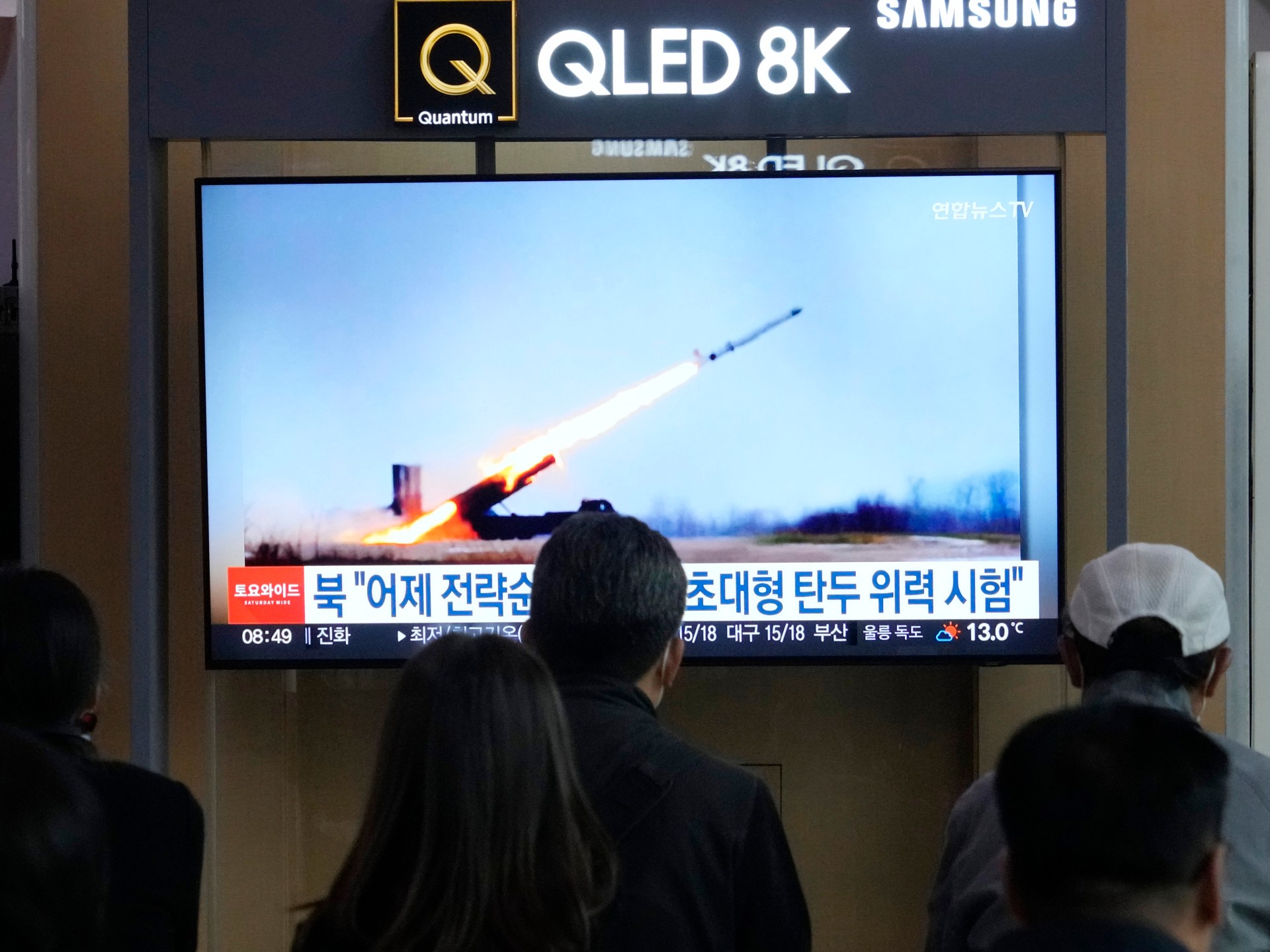Our interactions and presence on social media have continued to
increase, especially during the pandemic when the need and desire
to stay connected with one another has been heightened. Many
professionals, including physicians, use social media in their
practice as an effective tool to communicate and interact with
colleagues and patients, market their practice and their business,
and to share content and information with a broad audience. Along
with the opportunities for networking, business development and
socializing that social media presents, there are also risks
associated with its use by physicians and other professionals. It
is important for physicians and other professionals to understand
the risks associated with their online presence and ensure that
their behaviour and actions on social media are in line with the
professional, legal and ethical obligations of their
profession.
Guidance from the CPSO: Should physicians be active on social
media?
The College of Physicians and Surgeons of Ontario (CPSO)
recognizes the benefits and opportunities that the participation in
social media provides to physicians, including the enhancement of
patient care, medical education and the fostering of collegiality
among fellow physicians and health professionals. However,
physicians continue to be expected to comply with all professional
obligations, including legal obligations, ethical obligations, and
CPSO policies, when creating an online presence and engaging in the
use of social media. These professional, legal, and ethical
obligations must be upheld at all times.
The CPSO has published guidelines to assist physicians with
ensuring that their presence online and their use of social media
complies with their professional obligations. A selection of these
guidelines are as follows:
- Assume all content on the internet is public
- Ensure compliance with legal and professional obligations to
maintain patient privacy and confidentiality - Refrain from providing clinical advice to patients through
social media - Protect your reputation, the reputation of the profession and
public trust - Refrain from establishing personal connections with patients or
people who are closely associated with patients
The CPSO has published several other guidelines with respect to
the use of social media which can be found here.
Best practices for physicians when engaging on social
media
Considering the guidelines of the CPSO outlined above, it may be
helpful for physicians to consider the following best practices
when using social media and creating their online presence:
Uphold Moral Principals and Integrity
As a professional, it is very important to ensure that
integrity, morals and ethics are upheld at all times, including
online. As the CPSO indicates in its guidelines for the use of
social media, it is strongly advised that physicians refrain from
providing clinical advice to specific patients through social
media.
Social media is a great tool to use for the dissemination of
general medical or health information for educational or
informational sharing purposes. When sharing information on social
media, it is important to ensure that physicians are very clear
that their posts are not intended as medical advice and that they
are not providing a medical opinion. It may also be helpful to
indicate the basis of the information that is being shared, whether
based on scientific studies, professional experience or personal
opinion.
Ensure Patient Privacy is Protected
Trust is essential to a sound patient-physician relationship.
Physicians have a statutory obligation to protect and maintain
patient privacy and confidentiality. The Personal Health
Information Protection Act (PHIPA) places unique
responsibilities on individuals that control and collect health
information, and requires health information custodians, including
physicians, to take steps that are reasonable in the circumstances
to ensure that personal health information in the custodian’s
custody or control is protected against theft, loss and
unauthorized use or disclosure. When posting to social media, the
duty of privacy and confidentiality must be maintained at all
times, by ensuring that any posts that are made have been clearly
removed of any identifying information. Physicians must not post
identifiable patient information or images to social media. It is
possible for an unnamed patient to be identifiable through minimal
information such as the area of residence or a description of the
patient’s condition. Failure to protect patient health
information and comply with the requirements under PHIPA may result
in a host of liability issues, including significant fines and
disciplinary action by the College.
Maintain Professionalism
Physicians have an obligation to maintain professionalism and
act in a manner that upholds the professional standards and ethics
of the medical profession. Whether the physician is interacting in
person or online, such professionalism expectations remain the same
in all scenarios. Inappropriate behaviour on social media,
including the publishing of offensive or damaging statements, may
have the effect of bringing the professionalism of the physician
into question. This in turn could serve to weaken the public’s
opinion of the physician and of the profession itself. Physicians
who engage in the use of social media should ensure that all
communications are professional and are in line with the
expectations and obligations of the profession.
Additionally, as the CPSO suggests in its guidelines, physicians
should refrain from establishing personal connections with patients
online. If the physician receives a request on his or her personal
social media page, the physician may consider guiding the patient
to connect on their professional social media page, or to contact
the office. Forming personal connections with patients may blur
professional boundaries and compromise the physician’s ability
to remain objective.
Social media platforms have created opportunities for physicians
to increase professional and patient engagement, to advocate for
the profession and to build and maintain connections with
colleagues, peers and the public. It is important for physicians to
understand the risks associated with the improper use of social
media and to always be mindful that their legal, professional and
ethical obligations also extend to their online presence.
The content of this article is intended to provide a general
guide to the subject matter. Specialist advice should be sought
about your specific circumstances.














